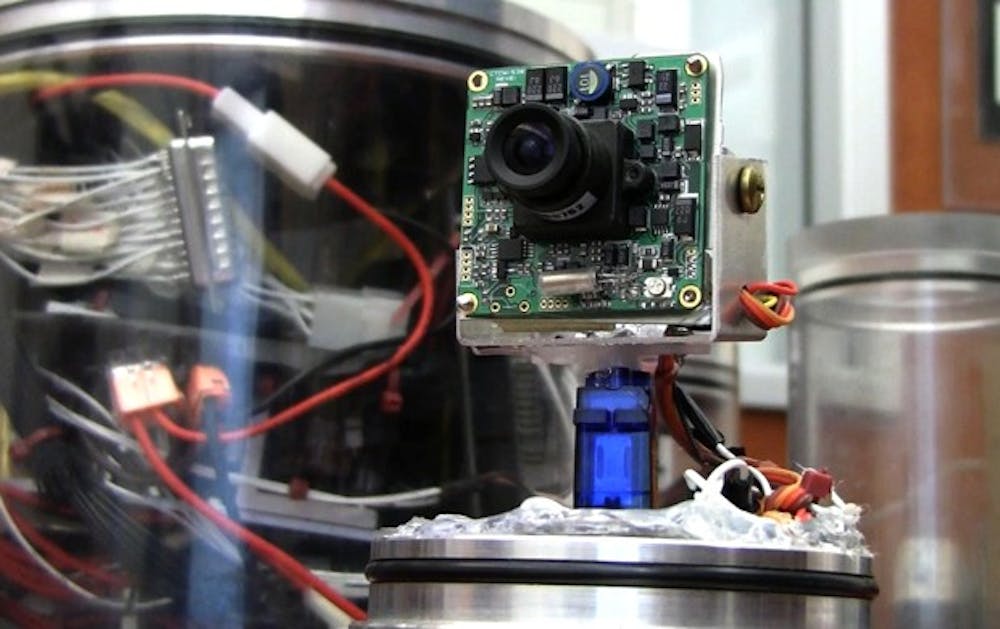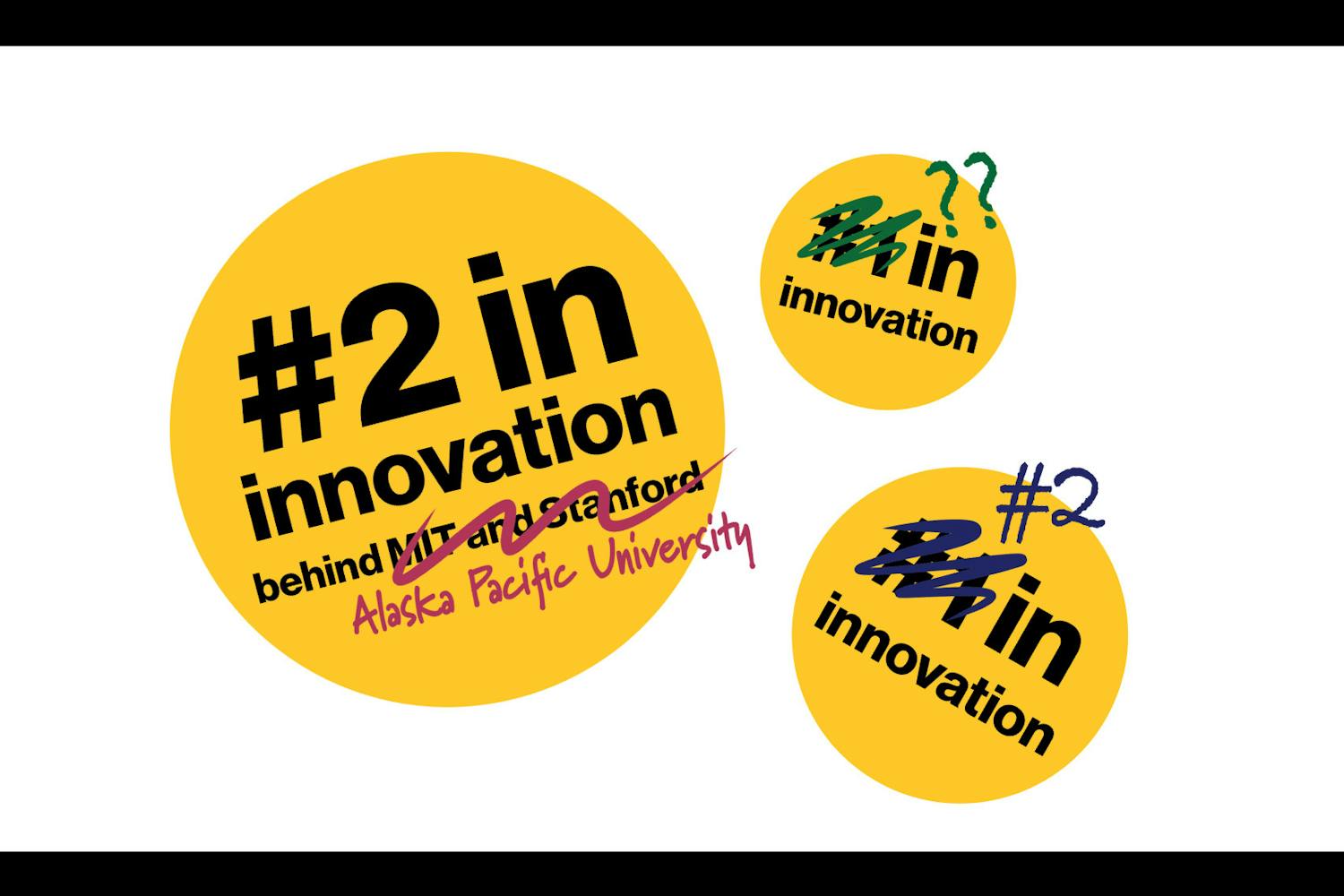Stands full of cheering fans; the scent of hard work; shaking hands nervously performing every move.
This is a common scene at many high schools — or maybe not. Instead of the latest Air Jordans and a newly threaded ball, a group of students from North High School in Phoenix are using video cameras, recognition software, air compressors and pneumatic rams among other gadgets to design and compete robots in a battle of wits.
Starting four years ago, two Arizona State University professors joined forces with North High School’s robotics team. John Olson, an anatomy professor at ASU, met Fe Dumapias while she was taking some science classes at the University. Dumapias was also a science teacher at North High School. After learning of Olson’s background and knowledge of robots, the North High robotics team blossomed.
“This robotics program was a great opportunity for us to get involved with area high schools,” says Cayle Lisenbee, ASU science professor and mentor to the team.
Nowadays the team consists of 15 students, the most since the club opened, John Doherty, North High School math teacher and the sponsor of the robotics team, says. The club mainly consists of upperclassmen and gives the students an alternative or addition to the normal sports or academic clubs.
Every year, For Inspiration and Recognition of Science and Technology hosts a robotics competition, where about 50 schools compete in the annual competition in the Valley — North High School is one.
The objective of each competition is to build a robot that will perform the tasks of the specific game for that year. The game and its rules are announced at a kick-off event. During this event, NASA sends out a broadcast, describing the game for that year. This year's challenge? Programming robots to throw basketballs into hoops of various heights.
These competitions are not like the ones seen on television where robots fight to the death, but they are every bit as exciting. The stands are full of fans cheering for a job well done. The masters behind the controls are students, and the robots are sleek, well-oiled, homemade machines that bring sci-fi movies to mind.
“The first year I attended, I was floored, absolutely floored,” Lisenbee says. “They’re like pep rallies, only the stands are full of science-y geeky people. I have never seen that many geeky kids that excited about what they’re doing. It felt like a high school championship basketball game.”
While the competition is fierce, and the environment is that of a pep rally, there is more behind this new age sport.
“The biggest award they give out is not for the team that scores the most points, it’s for the team that has helped the most other teams,” Olson says. “And when a robot does something out on the field that it is supposed to do and does it well, everyone cheers.”
Each team spends six tireless weeks building and programming its robot — the build stage. During this stage, the team and mentors meet after school twice a week and on weekends. The team usually starts by constructing the frame out of wood to test it out, but later large sheets of aluminum or another metal are cut to form the final product. This metal is the robot’s suit of armor during the competition.
After the six weeks are up, each team has to bag and tag their robots and ship them to the site of the competition to ensure that each team has the same amount of work time.
“That robot represents a six-week learning project that the students have gained a lot from because they built it,” Lisenbee says.
While the students make up the team, the three high school teachers along with Lisenbee and Olson help guide them in the right direction.
“I’m constantly impressed with how motivated they are and how much they can do despite just being high school students,” Lisenbee says.
Olson, Lisenbee and Doherty all agree that the most rewarding part of participating in the robotics club is being able to see the students apply the problem-solving skills they have learned through the process. New understandings of science and technology and a grasp on problem-solving skills aren’t the only benefit to participating.
“There are more scholarships available to high school students in FIRST robotics than there are through athletics,” Olson says.
While Olson thinks college is important, he also admits it is not for some and says the robotics program gives these students another option.
“What we’re trying to press to these students is you can have a good paying job without having to go to 20 years of school. A good machinist makes $70,000 to $80,000 a year, and they don’t have to go to 12 years of school to do it,” Olson says.
This year, the annual competition starts March 22 and will take place at Hamilton High School in Chandler. But North High School almost wasn’t able to compete due to lack of funds. Just two weeks after alerting the program that they wouldn’t be registering this year, Doherty received a phone call.
Doherty says anonymous donors raised around $6,000 to give North High the opportunity to compete.
Besides the gracious support of their community, Doherty also appreciates the help from Lisenbee and Olson.
“They really do an outstanding job,” Doherty says.
Lisenbee and Olson invite the students to the ASU Downtown campus during homecoming every year so they can show off their hard work. It also allows the students to be enveloped by the college atmosphere, showing them that it isn’t out of reach.
Along with the support of Lisenbee and Olson, ASU is contributing to the robotics club in a whole other way this time: This year, students at Polytechnic campus are constructing a mock competition field to allow the teams to test out their robots before crunch time. The mock competition is on Feb. 18, and is called the Duel in the Desert.
While the mentors of the team don’t know what the outcome of the competition will be, they are proud of their team.
“Our robot is not the best robot, but it is our team’s robot,” Olson says.
Contact the reporter at kbiggers@asu.edu





